 Following on from Karen Myers’ article on How to Use CreateSpace and IngramSpark Together, British author J A Lang digs into the nitty-gritty of getting your print book files ready for distribution on these two popular print-on-demand (POD) platforms.
Following on from Karen Myers’ article on How to Use CreateSpace and IngramSpark Together, British author J A Lang digs into the nitty-gritty of getting your print book files ready for distribution on these two popular print-on-demand (POD) platforms.
***UPDATE: Amazon's CreateSpace service has now been superseded by its new KDPPrint service. ALLi now recommends using KDPPrint and IngramSpark together to publish your paperback books. For a guide on migrating your CreateSpace books to KDPPrint, read this post by our Watchdog John Doppler.***
Drilling Down Into The Details
So you’ve decided you’re going to use both CreateSpace and IngramSpark for your print book creation and distribution. Great. You’re aware you’ll need a print book interior file (i.e. the inside pages, including the front and back matter) and a book cover file (including the spine and back cover). Maybe you’re already using one of the platforms, and want to start using the other too. Surely it’s just a case of uploading the same files to both sites, right?
Not quite. Here’s a few things you’ll need to consider.
First Things First – User Guides
Both POD platforms have detailed user guides (links below) detailing the specifications for the necessary interior and cover files. You’ll find most of the basic information you need in these documents:
CreateSpace PDF Submission Specification
IngramSpark File Creation Guide
However, even with these guides, there are a few hidden pitfalls best avoided if possible…
Trim Sizes
A book’s trim size is essentially the dimensions of the physical book’s front cover. Both providers offer a selection of available trim sizes, but not all sizes show up on both lists. (Here are the lists for reference: CreateSpace, IngramSpark.) So if you’ve not decided on the size of your paperback yet, now’s the time to choose a size that’s available on both platforms. This way, you’ll be able to use the same book interior file for both.
Differing Spine Widths
However, when it comes to the full spread book cover (i.e. front, back and spine combined), things get a little trickier. The spine width of your book depends on the number of pages in your print book interior file and the thickness of the paper used. CreateSpace and IngramSpark use slightly different thicknesses of paper, meaning that your cover designer will have to provide two different files, as your book have different spine widths for each platform. (If you’re doing your own file creation, the user guides will tell you how to calculate the necessary spine width once you know your page count.) For both the white and cream paper options (which, incidentally, are also different thicknesses), IngramSpark uses slightly thinner paper than CreateSpace. Therefore it’s best to design your spine based on the thinner IngramSpark width, so that your spine text will definitely fit on both versions.
Colour Saturation
Based on my own experience using the matte cover option on both platforms, CreateSpace covers come out slightly lighter than they appear on screen, while IngramSpark covers come out slightly over-saturated. This means that if you use the same cover file (adjusted for spine width, of course), there may be a noticeable difference between the two versions of your book when printed. My solution is to leave the CreateSpace file as it is (as it’s the version I prefer), and de-saturate the colours in my IngramSpark cover file, so that the two versions are now very similar in colour. Yes, this can take a bit of trial and error (including ordering physical proof copies), which brings me onto…
Ordering Physical Proofs (For a New Title)
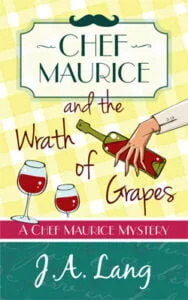 On CreateSpace, when you upload a new title, your book will first go into review by CreateSpace, then you will be prompted to proof’ your book before making it available. You can do this via reviewing an e-proof online or ordering a physical proof copy, up to a limit of five proof copies. (Note: these physical proofs ship from the US, so leave plenty of time for shipping if you’re outside the US.)
On CreateSpace, when you upload a new title, your book will first go into review by CreateSpace, then you will be prompted to proof’ your book before making it available. You can do this via reviewing an e-proof online or ordering a physical proof copy, up to a limit of five proof copies. (Note: these physical proofs ship from the US, so leave plenty of time for shipping if you’re outside the US.)
On IngramSpark, when you upload a new title, the process is similar, except that you are prompted to place your order for physical proof copies while the book is still in review with IngramSpark. However—and here’s the part that has caught me out a few times—your proof copies will not be printed and shipped until after IngramSpark have done their review and you have then clicked the ‘Approve’ button that appears next to your book title in the dashboard.
But wait. You don’t want to start distributing your book before you’ve even seen a copy of the real thing, right? Not to worry. As long as this is a new title and is not already in distribution (we’ll come back to this point in a bit), you’ll then be prompted with the following three options:
- Approve title and authorise its inclusion into the distribution channels.
- Approve title, but keep it from the distribution channels until a physical proof has been ordered.
- Do not approve title.
So click the second option, and order a proof copy if you’ve not done so already. Once you’ve received your proof copies and are happy, you can then go to the details page of your book and click the ‘Enable’ button, which will push your book out into the distribution channels.
If you’re not happy with your physical proof, both platforms allow you to upload new files and try again. IMPORTANT: Don’t forget to use your ALLi discount (one of the many benefits of ALLi membership) for free file revisions on IngramSpark, or else you’ll be charged $25 per revision. You can also use the same discount code to get a discount on the per-book setup fee. (Thank you ALLi and Ingram!)
(Note for UK authors: IngramSpark has the option to print from the UK, so you can get hold of your book quicker and cheaper this way than via CreateSpace.)
Ordering Physical Proofs (Making Changes to an Existing Title)
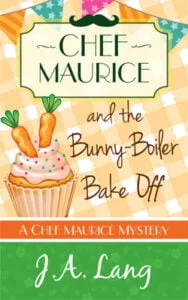 Things get a little more complex if your book is already available for sale and you want to make a change to the files—for example, updating the back matter in the interior file or changing your cover.
Things get a little more complex if your book is already available for sale and you want to make a change to the files—for example, updating the back matter in the interior file or changing your cover.
On CreateSpace, things are fairly simple: you upload your new files, wait for the CreateSpace review (which takes up to 24 hours), then either approve the e-proof or order physical proofs to approve.
On IngramSpark, there is unfortunately no way to get hold of a physical proof copy when you upload a file revision of an existing book. Once the book is submitted and passes the IngramSpark review, you now only get two options: approve the book for inclusion in distribution channels, or reject the change. Therefore, if you need to get hold of a physical copy of your new book, IngramSpark suggests contacting the IngramSpark team and discussing taking the book off sale and setting up the title ‘on short run only’, to be able to order a copy for yourself. Alternatively (and this is my idea, not their suggestion!), a workaround might be to set up a fake ‘new book’ under a different ISBN and order a proof copy of this instead.
Note that on both platforms, while your existing book is in revision (i.e. between uploading your revised files and approving the revised book for distribution) your book will not be available for sale on the various distributor sites.
Pressing Go
On CreateSpace, approving your proof means that the book will go into distribution (taking three to five days for the book to show up for sale, but often much faster), while on IngramSpark you can set up a future On Sale Date and Publication Date when you set up the book. If possible, IngramSpark recommend you enable your book for distribution at least fifteen days before the On Sale Date to allow the book’s details to flow through to all the distribution partners.
Changing your Price
Changing your price on CreateSpace can take “up to three to five business days” to appear on Amazon sites (again, this often flows through faster), while IngramSpark only pushes out price changes once a month around the start of each month. Therefore, if you wish to keep your prices in sync between the two platforms, bear this in mind.
Troubleshooting
If you have any issues, both platforms have helpful email support teams. Phone-wise, CreateSpace offers a call-back service, while IngramSpark has the advantage of a telephone helpline number. (Don’t be afraid to pick up the phone and dial – Ingram’s team are very helpful and more than happy to talk you through any issues and answer any nitty-gritty questions. You can find the IngramSpark helpline details here.)
Best of Both Worlds
One particular benefit of using both platforms is that by opting out of CreateSpace Extended Distribution (i.e. using CreateSpace solely for supplying Amazon) and using IngramSpark for wider distribution, you can often set your print book price low enough to compete with mass market paperbacks.
So remember that when it comes to print book distribution, it’s not an either/or decision between CreateSpace and IngramSpark, but rather making the most of both.
OVER TO YOU If you have any tips to add to J A Lang's list, please feel free to post them in the comments section. General questions are also welcome, but if you have specific problems with current projects, please go directly to CS or IS's helplines for assistance with those.
#Authors - top tips here on using #CreateSpace and #IngramSpark for paperback production by @jalangauthor Share on X

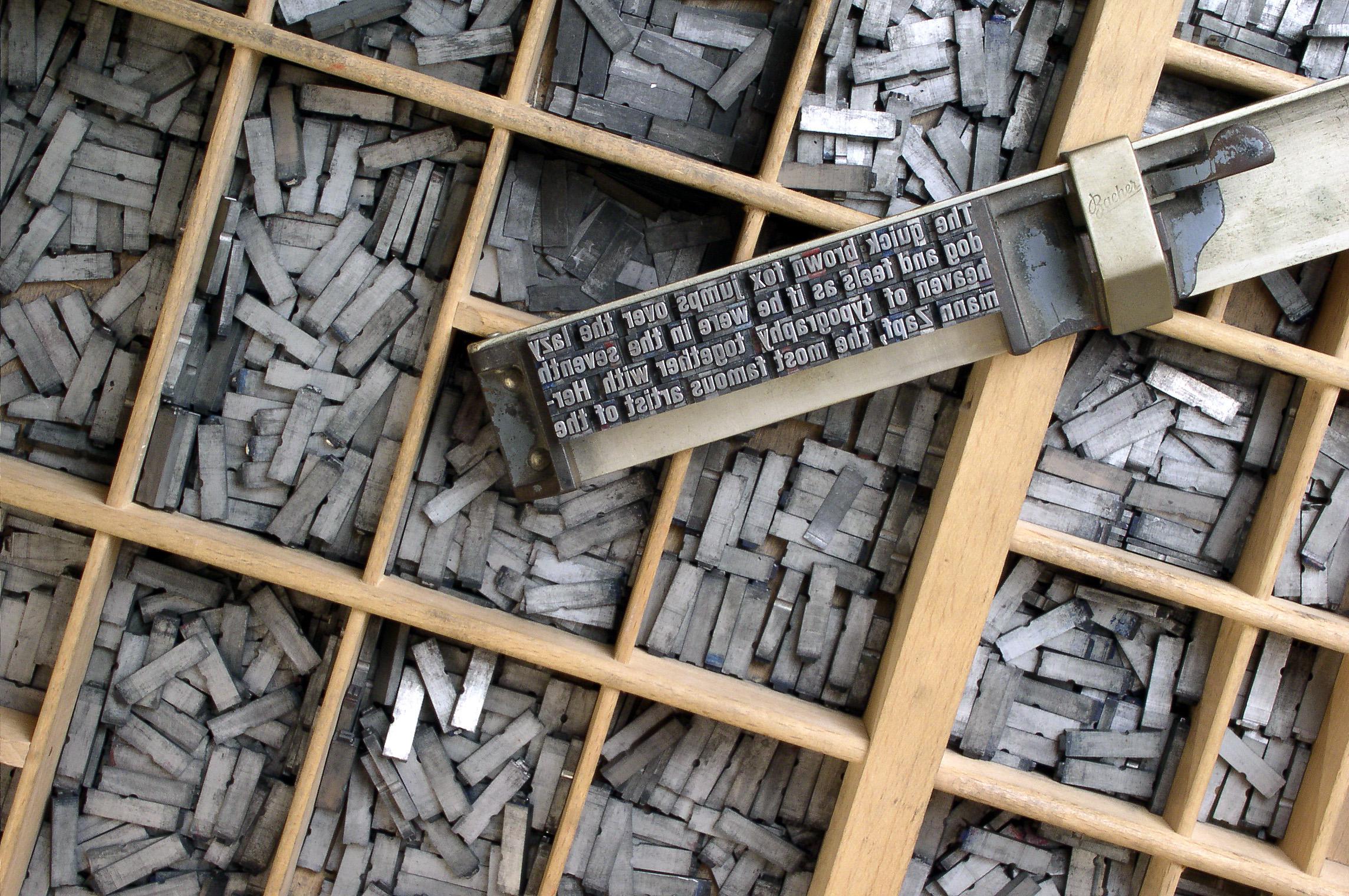
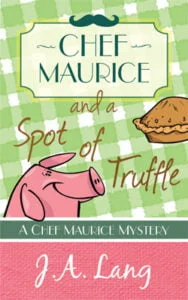

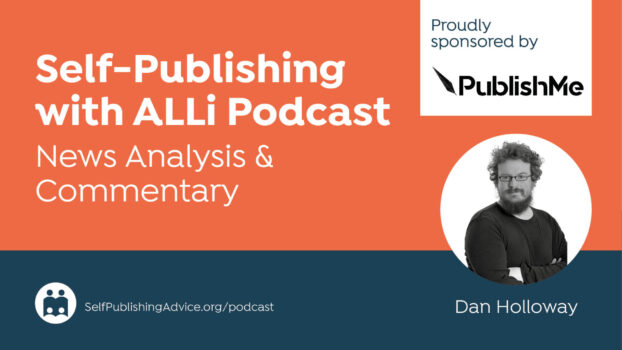

[…] Book Production: More Tips on Using CreateSpace (KDPPrint) and Ingram Spark Together […]
This article was very timely for me. I have been researching whether to use both CreateSpace and Ingram Sparks for my books, moving away from just Lightning Source, KDP, and Lulu. Need a cleaner distribution path, but don’t want to be limited in distribution.
[…] Book Production: More Tips on Using CreateSpace and Ingram Spark Together […]
[…] Book Production: More Tips on Using CreateSpace and Ingram Spark Together […]
[…] Book Production: More Tips on Using CreateSpace and Ingram Spark Together […]
[…] Book Production: More Tips on Using CreateSpace and Ingram Spark Together […]
[…] paid a formatter to do it for myself, but there are other DIY formatting options. Here are some more tips on using Ingram Spark and Createspace together, including trim sizes, color saturation, spine width, ordering physical proofs, price changes, and […]
[…] More tips on using CreateSpace and IngramSpark together […]
Make sure you compare the production costs.
I have a 278-page book with colour pictures and would need to increase my Ingram Spark list price by US$10 just to break even with Create Space.
Colour interiors are famously expensive anyway. Only use if (a) absolutely necessary for the subject, or (b) you are doing a big print run not p-o-d.
[…] Book Production: More Tips on Using CreateSpace and Ingram Spark Together […]
[…] start. There are other considerations for production, too. Jen Lang has a very helpful post, “Book Production: More Tips on Using CreateSpace and IngramSpark Together” on ALLi’s […]
[…] Book Production: More Tips on Using CreateSpace and Ingram Spark Together by Jen Lang […]
[…] the start. There are other considerations for production, too. Jen Lang has a very helpful post, “Book Production: More Tips on Using CreateSpace and IngramSpark Together” on ALLi’s […]
Hi Jen,
Why design a spine based on Ingram’s thinner pages? Wouldn’t that squeeze the space for Create’s Space’s thicker pages? Perhaps it should be the other way around.
A clarification would be appreciated.
[…] Book Production: More Tips on Using CreateSpace and Ingram Spark Together by Jen Lang […]
[…] Lang on The Self-Publishing Advice BlogBook Production: More Tips on Using CreateSpace and Ingram Spark Together “So you’ve decided you’re going to use both CreateSpace and IngramSpark for your […]
I print with Lightning Source and was told that if there are books in the queue, they won’t take it off sale. So, if it’s doing well, you could never do that. I’ve been thinking about adding Create Space so I appreciate the information you have here. I had never thought of the papers/spines being different widths.
Thank you so much for this article. I am just in the process of publishing my CreateSpace titles on IngramSpark, so this advice is invaluable. Helena
Super helpful. I’ve held back from doing print editions, because I wasn’t sure I could execute the quality of print that would match (or exceed) the quality of my trad pubbed hardcovers and paperbacks. This addressed several of the questions keeping me from pulling the trigger. Thank you!
A very cogent and well presented analysis, plus pointing out pitfalls and ways round proofs etc. Thank you. I currently have a book on LS and Ingram’s extended distribution ( Its not called that /Ingram Plus or summat like that) but am currently thinking of options for the future and this was really helpful.
[…] Jen Lang Following on from Karen Myers’ article on How to Use CreateSpace and IngramSpark Together, […]
Great information for a newbie author like me who is about ready to start the publishing process. I have been leaning toward only Ingram Spark. I will remember this.
Thanks for a really helpful post, Jen.
I have two titles with CS, using CS issued ISBNs. When setting those same titles up on IngramSpark, is it better to unpublish from CS and then republish with the same ISBN I’ll use at Ingram? Or should I just leave the CS version alone?
Hi Al, I’m afraid I don’t have experience of this, as I bought my IBSNs, but I think there’s been some discussions on exactly your question over on the ALLi Facebook group, so perhaps pop over there if you haven’t already?
If you have published the book on CS under expanded distribution, then the ISBN is already in Ingram’s system because Ingram is Amazon’s distributor for expanded distribution. As a result, if you then take it to Ingram to have it printed, it will show as already in their distribution system and you won’t be able to put the “new” book into their system. And once the ISBN is in their system, it pretty much there forever, so “unpublishing” it on Amazon won’t help, and you’ll have to get another ISBN from Ingram or directly from Bowker. If you have a CS ISBN and don’t opt for expanded distribution, you can then use the same ISBN when printing with Ingram, as it will only have been entered into Amazon’s distribution and not Ingram’s. There’s quite a bit of detail here: https://selfpublishingadvice.org/watchdog-ingram-spark-vs-createspace-for-self-publishing-print-books/
Canadian authors might be interested to know that Create Space doesn’t currently distribute to Amazon Canada. If they want their books listed on Amazon.ca, they must select expanded distribution on Create Space to get it there. I discovered this in May with my new release.
Great article full of details! I have linked to it and Karen’s article on my website’s resources page. Thanks to a Twitter friend retweeting this post, I have discovered ALLI.
Thanks, Linda, and so glad you found us! There’s a new post on here practically every day, so do sign up to follow the blog, and even better, join our organisation – lots of great benefits for members quite apart from this public website!
Many thanks for this, I’ve been wondering about Ingram Spark and what the advantages are, if any. Do you happen to know if they have a print outlet in Australia? Most of the sales of my book are in Australia but the cost of the print version is nearly three times what it is here in the UK and the US, partly for tax reasons and partly because of shipping costs.
Looks like it, Patsy – here’s the map of their global reach, from their website: https://www.ingramspark.com/Portal/GlobalReach
Hi Patsy,
Having published via Lightning Source, rather than Ingram Spark, here in Melbourne, I suggest you use Lightning Source, not Ingram Spark, since it’s more restrictive in its options than LS. It’s quite a challenge either way, since firstly, you’ll need an ABN, and the cover pdf files need to be in CMYK and created very, very carefully, using their rather confusing template. Make sure you do a test print first with a reputable printer who has a commercial style laser, since you’ll be charged for reuploads (don’t know if an ALLi discount applies) of both the cover and the interior if you make a boo boo. Personally, my advice is to use Lulu for the trial run of your book (the book arrives within a week since it’ll be printed in Australia), until you’re happy with it, then upload to Lighting Source – although you’ll need to reformat you cover. You can also consider either Book Pod in Melbourne, or Digital Print Australia in Adelaide for your local sales to bookshops & libraries, since they’re both excellent companies and very easy to deal with, producing high quality books at reasonable prices – although more expensive than Ingram. Lulu itself is also an option if you like their approach – I much prefer them to Createspace. You’re welcome to contact me on [email protected] if you want to discuss this further. I’ve published 5 books so far in all formats.
Lulu is great for getting copies of something in a hurry, eg for an event. But it’s not great for a main print outlet because the unit cost is high and shipping costs can be very high in ways that are hard to predict.
It’s a shame, in a way, because the set-up process is pretty user-friendly. But the folks I know from the roleplaying game industry moved away from Lulu years ago.